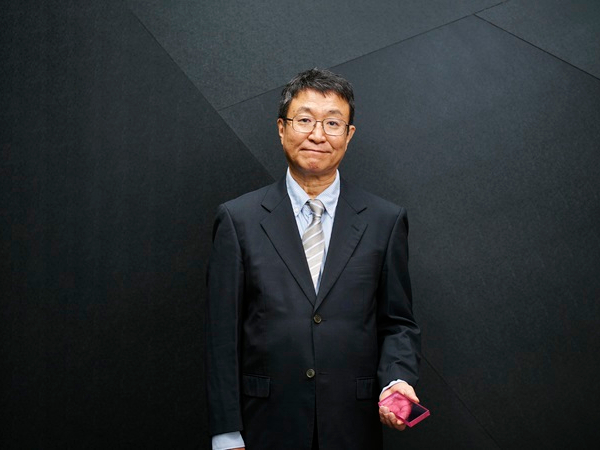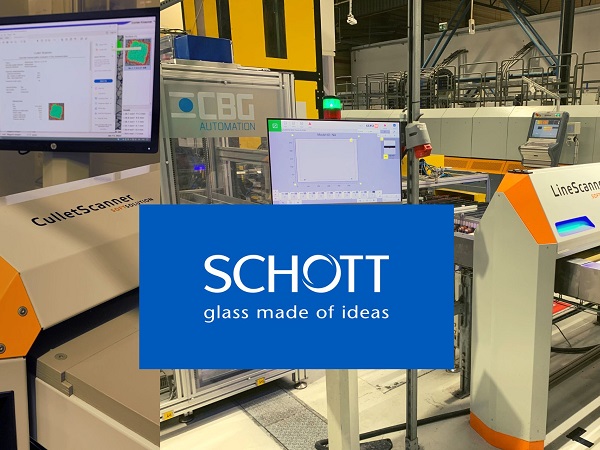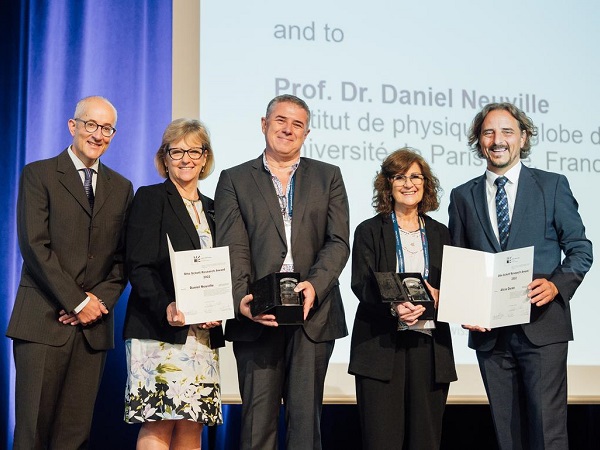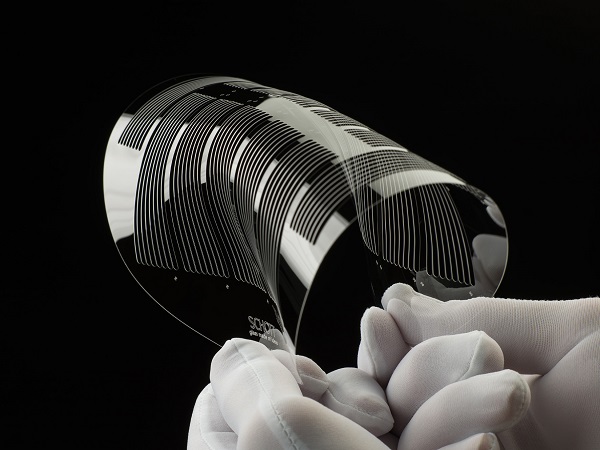Date: 8 November 2013
Roland Langfeld, Research Fellow at SCHOTT AG, began serving as the new Chairman of the Advisory Board on Glass Technology at Deutsches Museum in Munich last week. The Advisory Board that Dr. Langfeld has been a member of since December 2007 advises and supports Deutsches Museum on updating museum exhibits on a regular basis in the Glass Technology department.
Dr. Roland Langfeld (right), Research Fellow at SCHOTT AG, began serving as the Chairman of the Advisory Board on Glass Technology at Deutsches Museum in Munich. He thus succeeds Professor Dr. Helmut A. Schaeffer, who served as Chairman of this body for many years. In the middle of the picture: Dr. Margareta Benz-Zauner, curator of Prehistoriic Technology and Glass Technology. Photo: Deutsches Museum
The world's largest natural sciences and technology museum with more than 100,000 exhibits presents examples of hollow, flat and specialty glass that illustrate the historic development and current status of glass manufacturing and how it is being put to use.
According to the new Chairman of the Advisory Board, his new role will involve advising the museum on all issues involving glass from an industry point of view, from manufacturing to applications. “The main focus, however, will be on preparing to integrate glass technology into a new ‘Material and Production’ department,” Dr. Langfeld says.
The Advisory Board on Glass Technology completed a rather unusual project over the past eight years: updating and expanding the museum guide on glass technology, a project which the members of the Advisory Board actively worked on as authors.
The result is a four volume popular scientific series of textbooks that consists of the volumes “Flat Glass,” “Specialty Glass,” “Hollow Glass” and “Glass as a Material,” that go well beyond the information presented in the department. The Advisory Board consists of one representative each from the most important glass industries, a professor, and a representative of the Deutsche Glastechnische Gesellschaft (DGG).
The exhibits that SCHOTT has provided Deutsches Museum with only recently include, among other things, a calibration standard (tetrahedron), beamer lamp reflectors and micrometer scales made of Zerodur® glass-ceramic, and a glass rod that demonstrates the high transparency of optical glass, but also an exhibit that shows how raw ingredients are used to manufacture state-of-the-art optical glass.
Presentations of other products provided by SCHOTT and other companies are currently in preparation. A presenter that features rolled up ultra-thin glass from SCHOTT Advanced Optics that was handed over to the Glass Technology department mid of October is even brand-new. This “Glass on a Roll” documents the latest state of the art technology and the power of innovation of German companies.







Add new comment